Many confuse the black soldier fly (Hermetia illucens) with wasps. However, like many other flies, this species only has two wings, while wasps have four wings and do not have a stinger. The black soldier fly produces a loud buzzing sound when flying, which may concern people, but they are not dangerous. Black soldier flies usually gather around decaying organic matter such as animal waste or plant material. Eggs are laid in decay matter since it is a food source for the larvae. Black soldier fly larvae have been used to reduce animal manure in agricultural facilities. Even though they are not considered a disease vector, adult soldier flies are potential mechanical vectors of many pathogens.
The black soldier fly is abundant in the southeastern United States during late spring and early fall. The natural breeding sites for black soldier flies are carrion; they lay their eggs in moist organic waste. In urbanization areas, they will lay eggs in dumpsters or compost, providing similar orders and nutritional needs to naturally occurring organic matter.
Adults come in a variety of colors, from yellow, green, black, or blue; some can have a metallic appearance. Adults can measure from 15 to 20 mm in length. The antennae are long with three segments, and the legs have white coloration near the end of each leg. Mating starts two days after they emerge from the pupal case. Males will gather in areas where females will be abundant, known as lekking sites. The sites are defended against other males. Females lay up to 500 eggs! These eggs will be laid in cracks and crevices near or on decaying matter. Eggs will hatch in about four days.
The larvae are a dull, whitish color with a small, projecting head containing chewing mouthparts. There are six instars, and it takes up to 14 days for complete development. During their development, like many other larvae species, the black soldier fly larvae are insatiable feeders. When adults, they do not feed and rely on fats stored from their larval stage.
Before pupation, the fifth instar larvae will leave its feeding site to dryer areas, then pupation will start, the exoskeleton darkens, and a pupa develops. Pupation lasts for two weeks.
Cool Fact! Black soldier fly larvae generate good sources of protein and oil for animal feed; they also have the potential to improve organic waste into rich fertilizer.
Author: Destiny Alvarez – Fisheries and Wildlife Sciences, University of Oregon 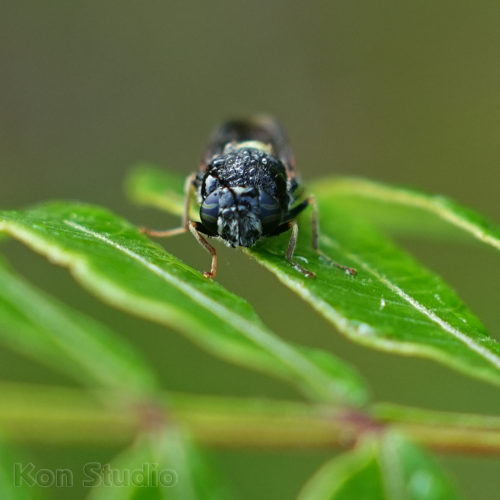
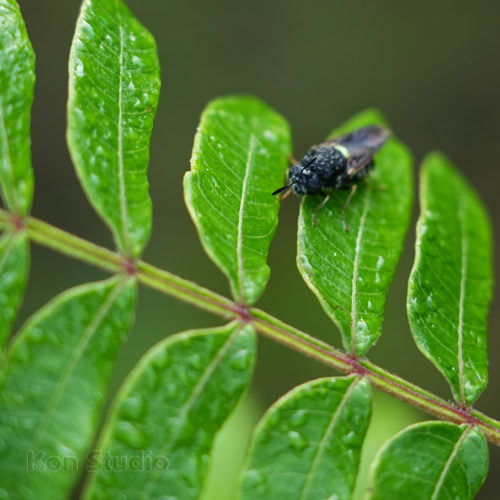
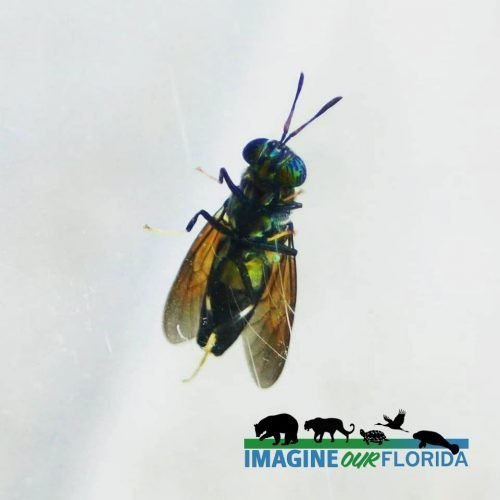
Like this:
Like Loading...

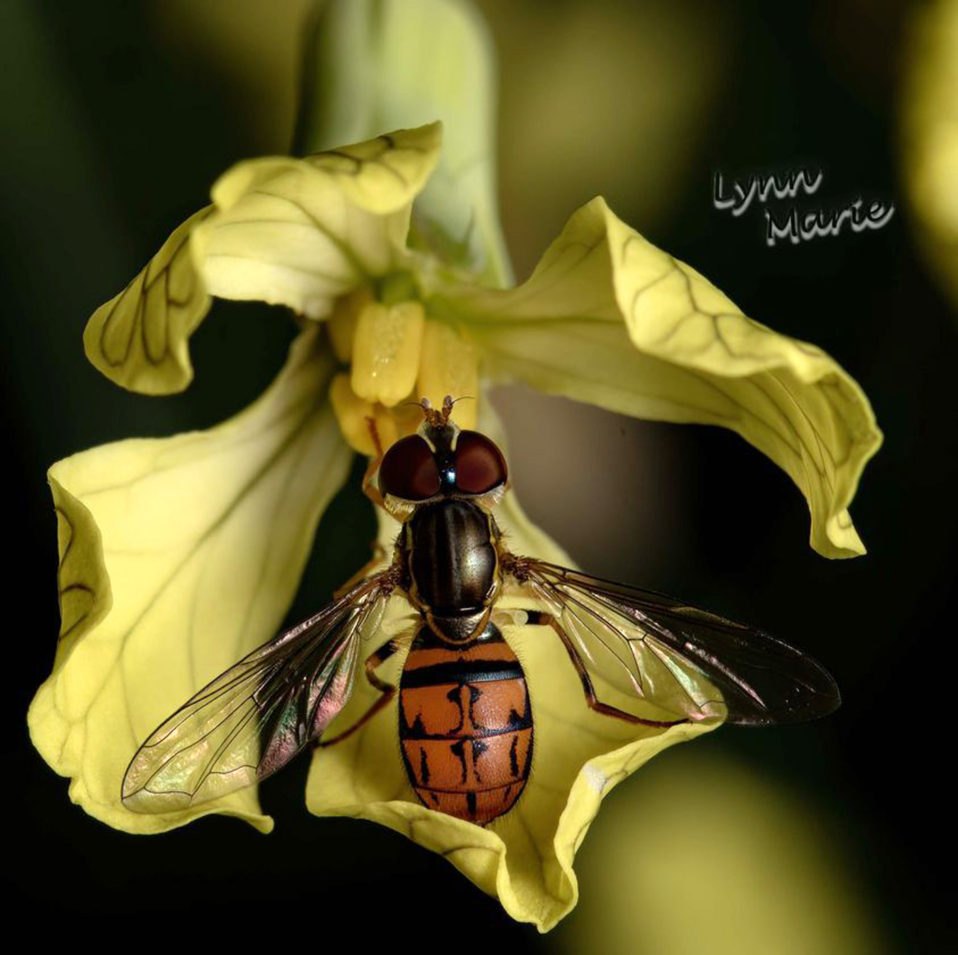
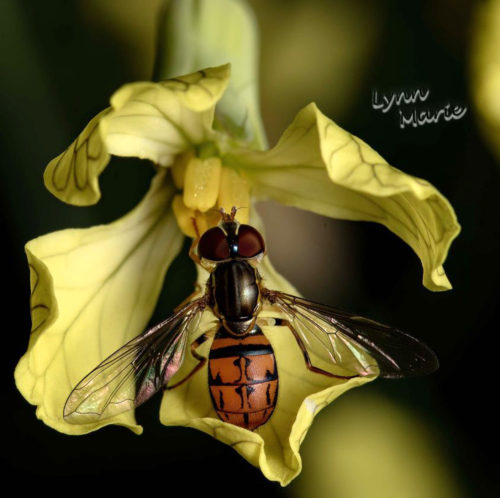
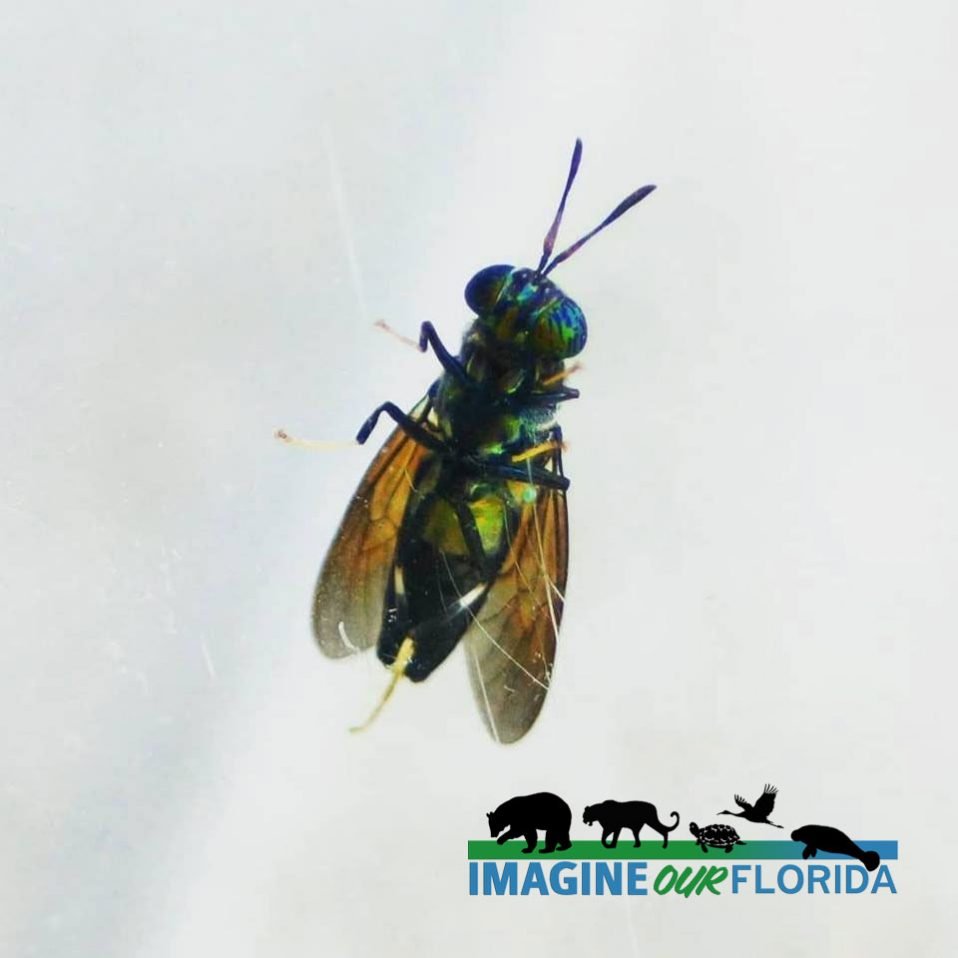



Recent Comments